My butterfly garden isn’t just a patch of flowers; it’s a sanctuary, a vibrant ecosystem where these delicate creatures can thrive.
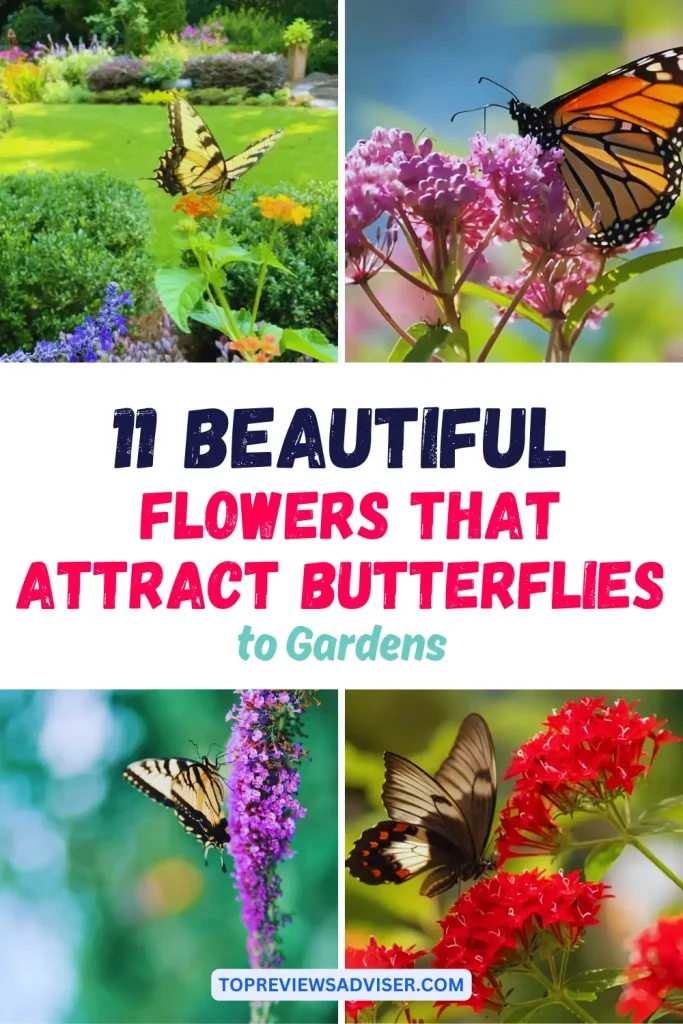
Join me as I explore the best flowers to cultivate a haven for butterflies in my own backyard.
Crafting Your Garden Oasis: Factors to Consider
1. Climate and Region
Every garden is unique, influenced by its climate and geographic location. Before embarking on your butterfly garden journey, familiarize yourself with your region’s native flora and the butterfly species that call it home.
2. Flowering Season
To ensure a continuous supply of nectar for your winged visitors, select a variety of flowers that bloom throughout the seasons. From early spring to late fall, provide a feast for butterflies at every stage of their life cycle.
3. Butterfly Species in Your Area
Research the butterflies native to your region and tailor your garden to their preferences. By catering to their needs for food, shelter, and breeding grounds, you’ll attract a diverse array of species to your garden oasis.
Top Picks for Your Butterfly Garden
These selected flowers are perfect additions to any butterfly garden, offering a diverse range of colors, shapes, and sizes.
They bloom during the summer to early autumn, providing a continuous source of nectar for butterflies throughout the growing season.
With their adaptability to various climates and soil conditions, they are suitable for a wide range of garden settings.
Incorporating these flowers into your butterfly garden will not only attract and support butterfly populations but also enhance the beauty and vibrancy of your outdoor space.
1. Butterfly Bush (Buddleja)
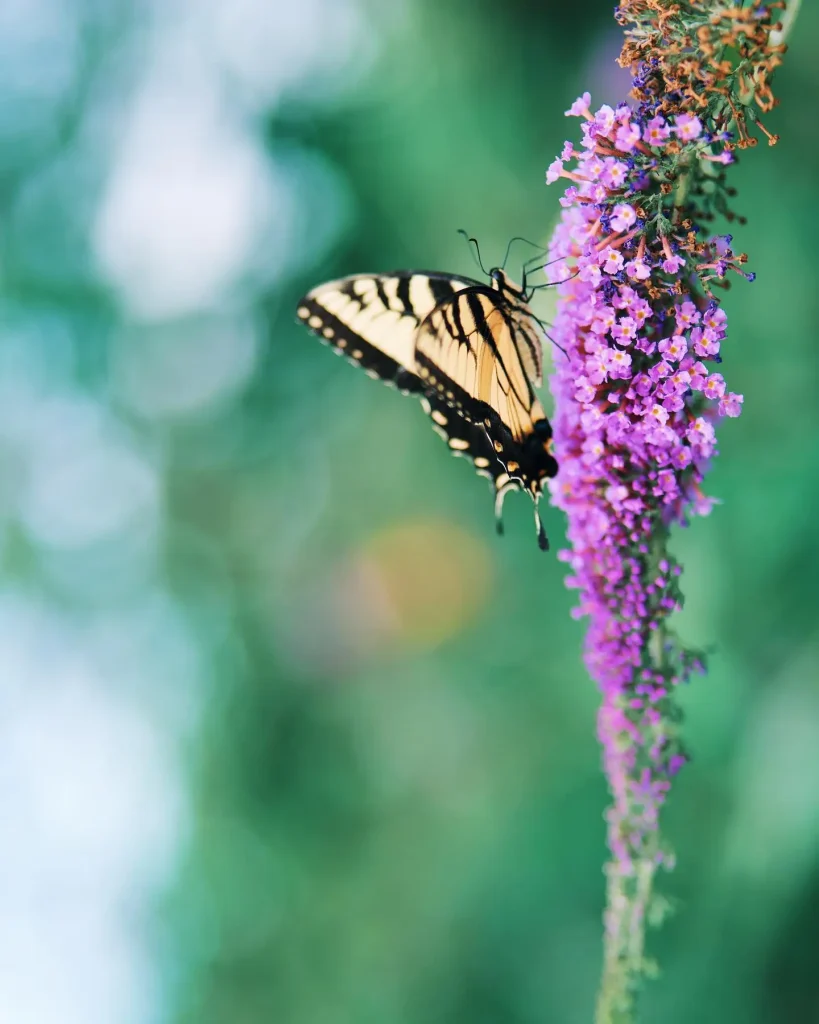
The Butterfly Bush, true to its name, is a magnet for butterflies. Its sweetly scented flowers, abundant nectar, and vibrant colors act as irresistible invitations to these winged beauties.
Butterfly Bushes, with their vibrant blooms and sweet fragrance, are prized for their ability to attract butterflies. They prefer full sun and well-drained soil, making them easy to grow and maintain.
Their long blooming season, from summer to early autumn, ensures a continuous source of nectar for visiting butterflies, making them an essential addition to any butterfly habitat.
- Common Name: Butterfly Bush
- Botanical Name: Buddleja
- Family: Scrophulariaceae
- Plant Type: Deciduous shrub
- Native Range: Asia, Africa, and the Americas
- Flowering Season: Summer to early autumn
- Mature Size: 6 to 12 feet (1.8 to 3.7 meters) tall
- Sun Exposure: Full sun
- Soil Type: Well-drained, fertile soil
- Soil pH: Neutral to slightly acidic
- Bloom Time: Summer to early autumn
- Flower Color: Various shades of purple, pink, white, or yellow
- Hardiness Zone: 5 to 9
- Toxicity: Generally non-toxic
2. Coneflowers (Echinacea)
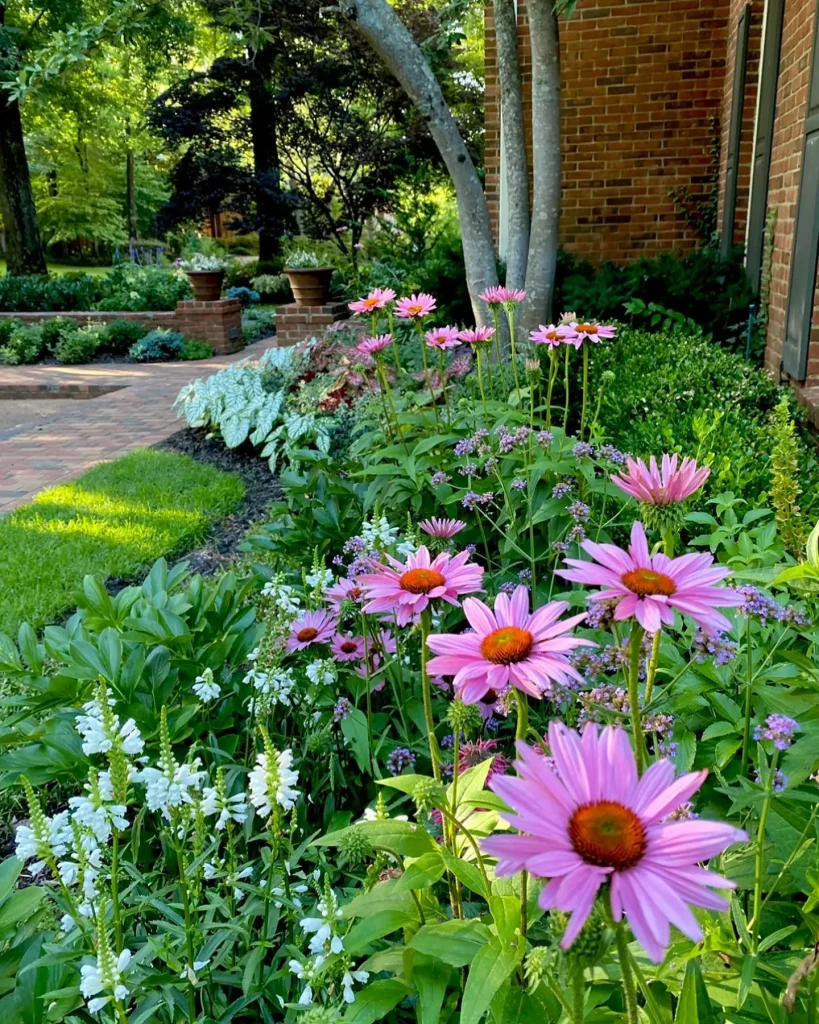
Coneflowers’ daisy-like blooms with raised centers provide ample landing space for butterflies to perch while sipping nectar. Their long-lasting flowers and high nectar content make them a favorite among butterflies.
Coneflowers, with their daisy-like blooms, are beloved for their ability to attract butterflies. They thrive in full sun to partial shade and well-drained soil, making them versatile plants for any garden.
Their long-lasting flowers and high nectar content make them a favorite among butterflies, providing essential sustenance throughout the summer and early autumn months.
- Common Name: Coneflowers
- Botanical Name: Echinacea
- Family: Asteraceae
- Plant Type: Perennial herb
- Native Range: Eastern and central North America
- Flowering Season: Summer to early autumn
- Mature Size: 1 to 3 feet (30 to 90 cm) tall
- Sun Exposure: Full sun to partial shade
- Soil Type: Well-drained, sandy loam
- Soil pH: Neutral to slightly alkaline
- Bloom Time: Summer to early autumn
- Flower Color: Purple, pink, white, or orange
- Hardiness Zone: 3 to 9
- Toxicity: Generally non-toxic
3. Milkweed (Asclepias)
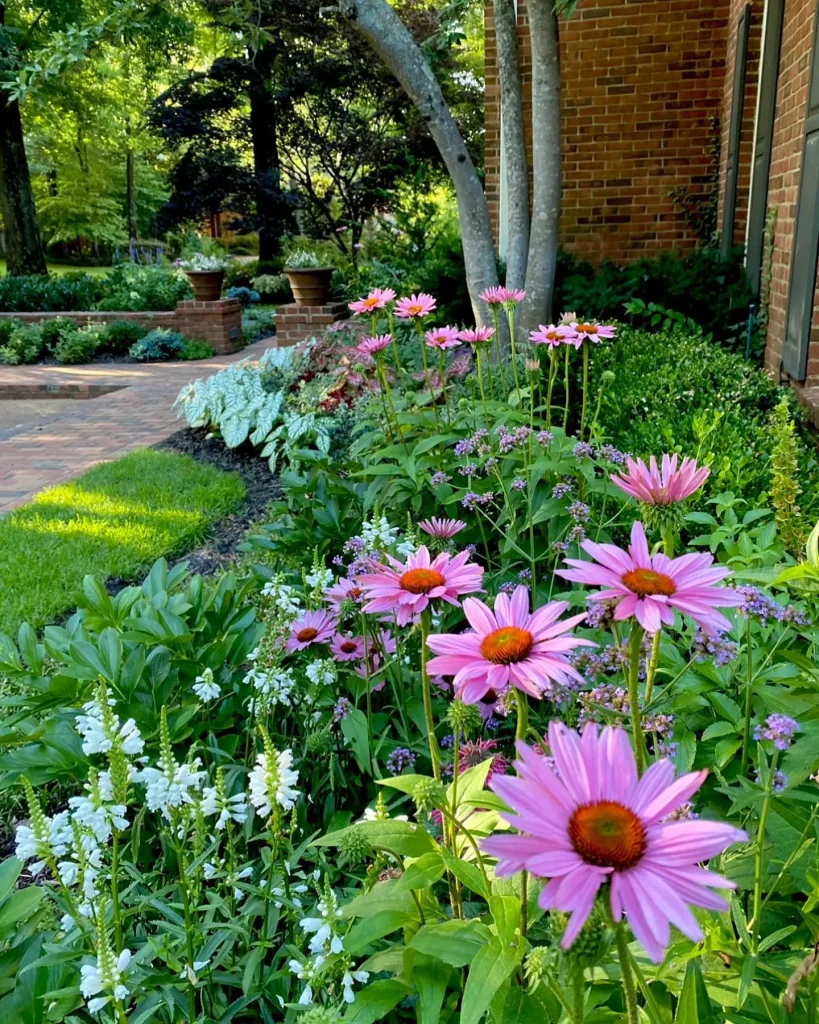
Milkweed is the essential host plant for monarch butterflies. Its nectar-rich flowers attract a variety of butterfly species, while also providing a vital food source for monarch caterpillars.
Milkweed is a must-have plant for any butterfly garden as it serves as the essential host plant for monarch butterflies. It prefers full sun and well-drained, sandy soil, making it easy to grow.
Its vibrant flowers attract a variety of butterfly species while also providing a vital food source for monarch caterpillars.
By incorporating milkweed into the garden, butterfly enthusiasts can support monarch populations and enhance the biodiversity of their outdoor space.
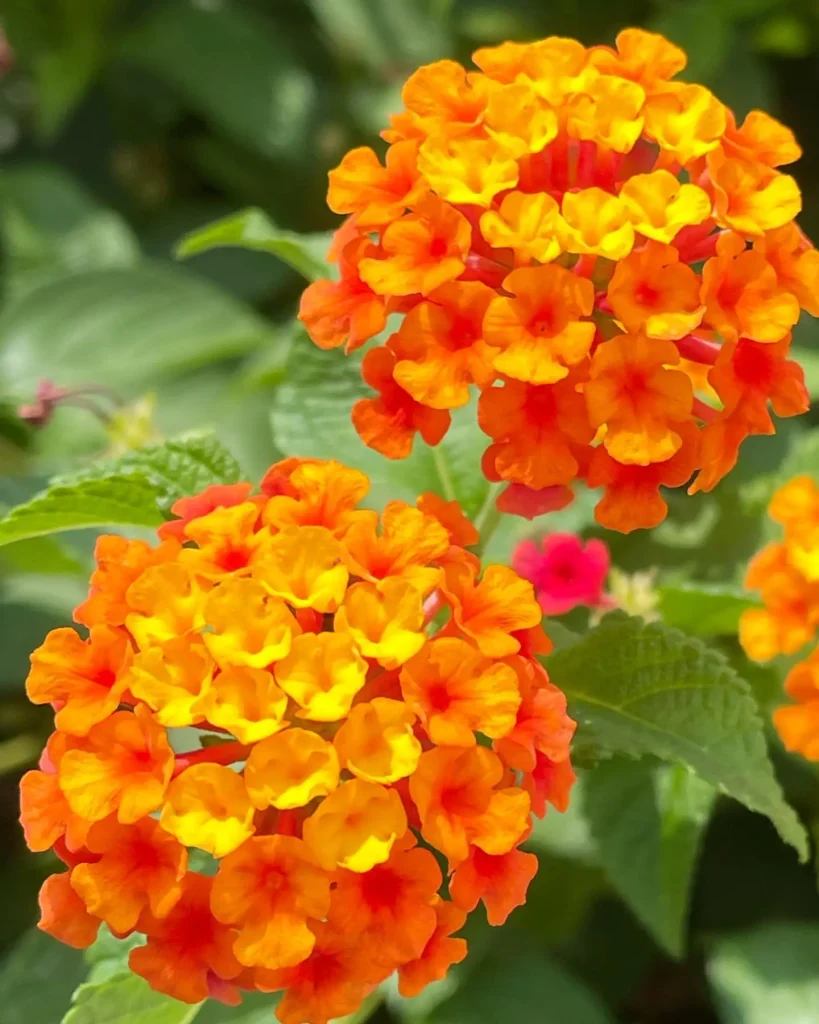
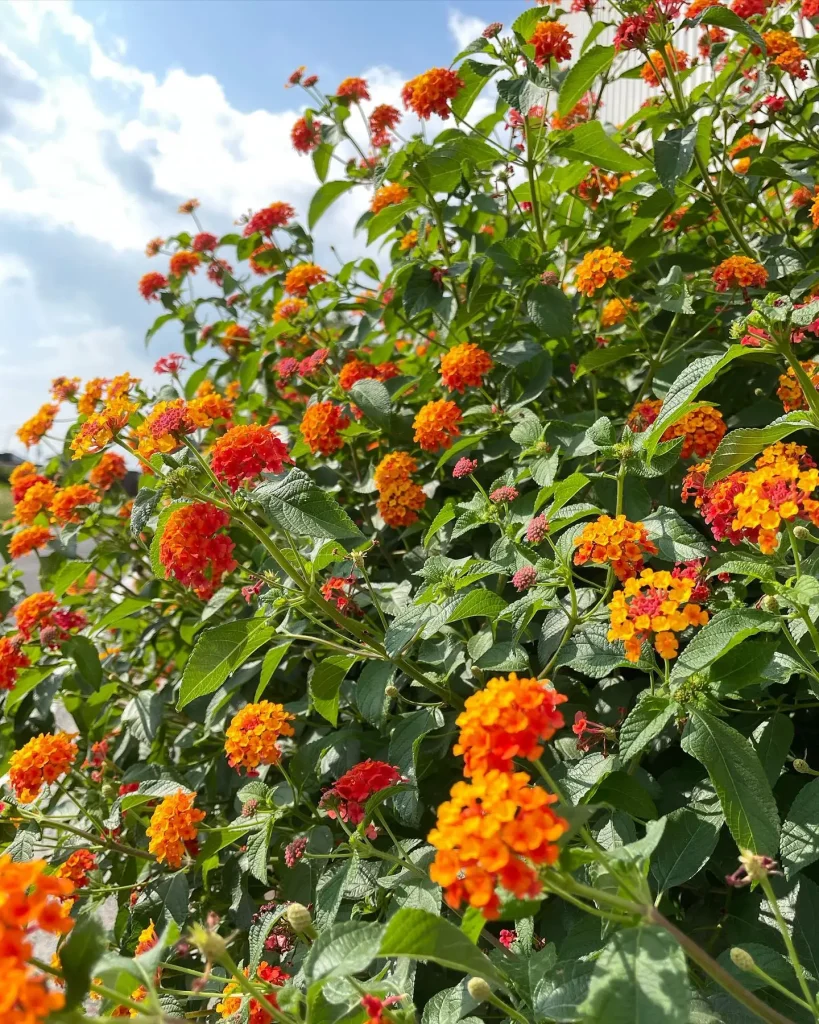
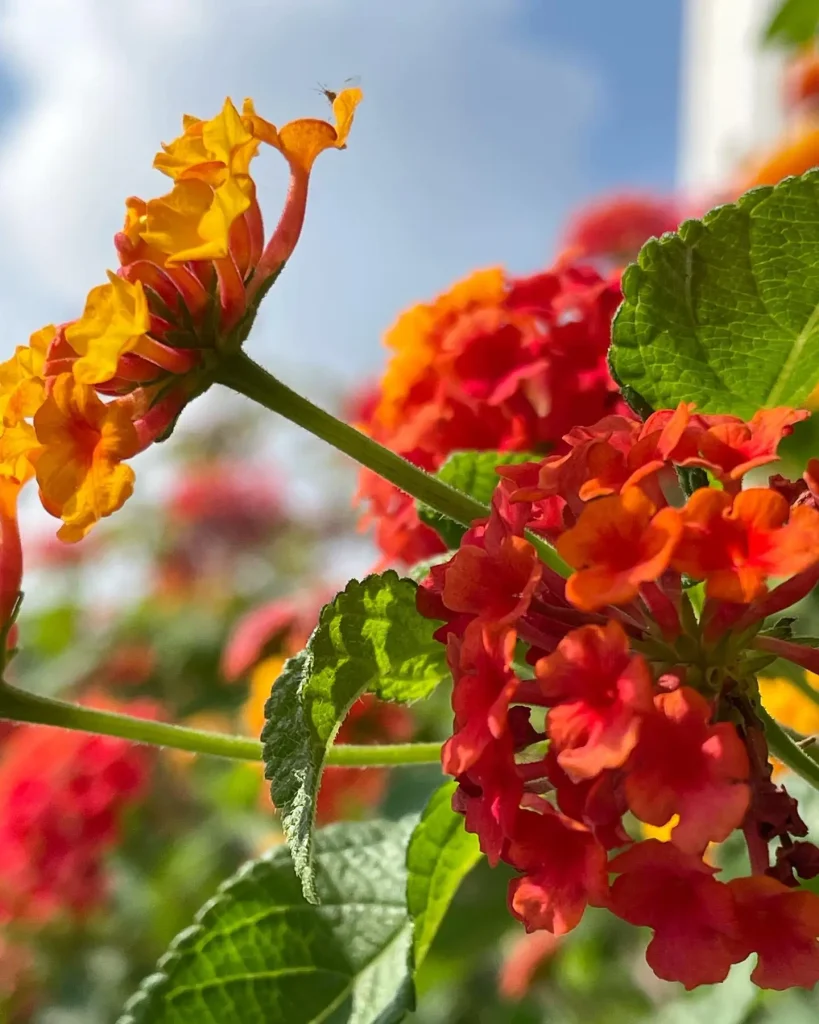
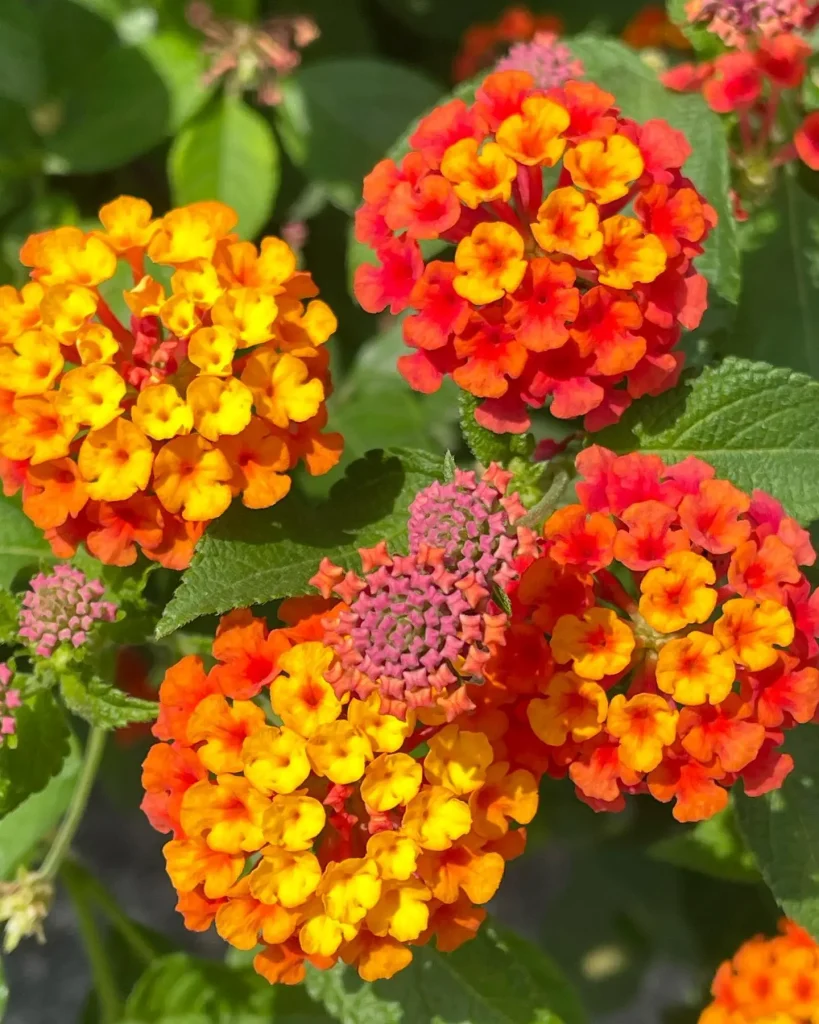
- Common Name: Milkweed
- Botanical Name: Asclepias
- Family: Apocynaceae
- Plant Type: Perennial herb
- Native Range: North America
- Flowering Season: Summer to early autumn
- Mature Size: 2 to 6 feet (60 to 180 cm) tall
- Sun Exposure: Full sun
- Soil Type: Well-drained, sandy soil
- Soil pH: Neutral to slightly acidic
- Bloom Time: Summer to early autumn
- Flower Color: Various shades of pink, orange, or white
- Hardiness Zone: 3 to 9
- Toxicity: Can be toxic if ingested in large quantities
4. Lantana
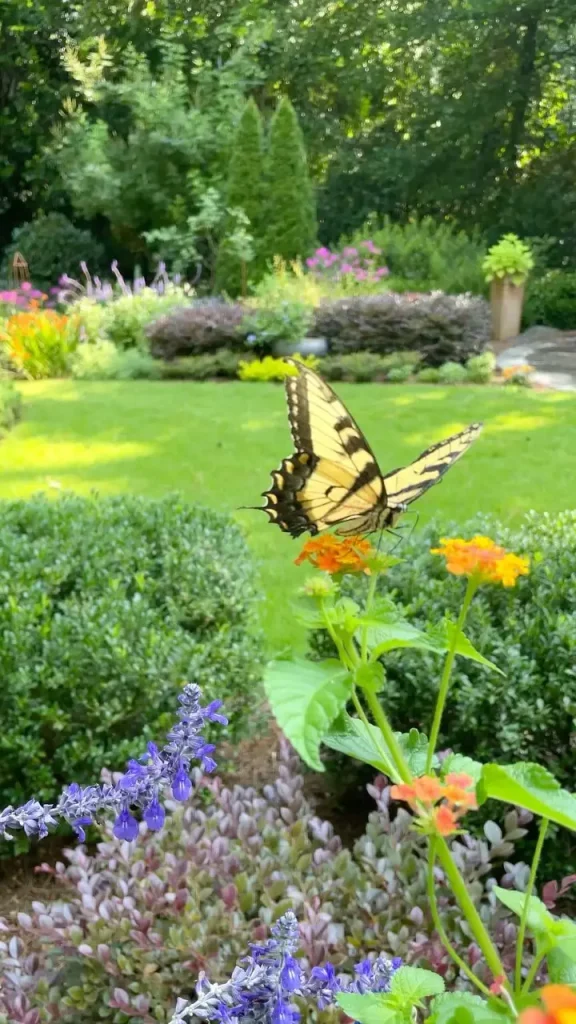
Lantana’s clusters of small, brightly colored flowers are a butterfly’s delight. Their abundant nectar and long blooming season make them a reliable food source for butterflies throughout the warmer months.
Lantana’s colorful clusters of flowers make it a favorite among butterflies. It thrives in full sun and well-drained, sandy soil, making it an easy-to-grow plant.
Its long blooming season, from spring to fall, ensures a continuous source of nectar for visiting butterflies, making it an essential addition to any butterfly habitat.
- Common Name: Lantana
- Botanical Name: Lantana camara
- Family: Verbenaceae
- Plant Type: Perennial shrub
- Native Range: Tropical regions of the Americas and Africa
- Flowering Season: Spring to fall
- Mature Size: 1 to 6 feet (30 to 180 cm) tall
- Sun Exposure: Full sun
- Soil Type: Well-drained, sandy soil
- Soil pH: Neutral to slightly acidic
- Bloom Time: Spring to fall
- Flower Color: Red, orange, yellow, pink, or white
- Hardiness Zone: 8 to 11
- Toxicity: Toxic if ingested in large quantities
5. Black-eyed Susan (Rudbeckia)
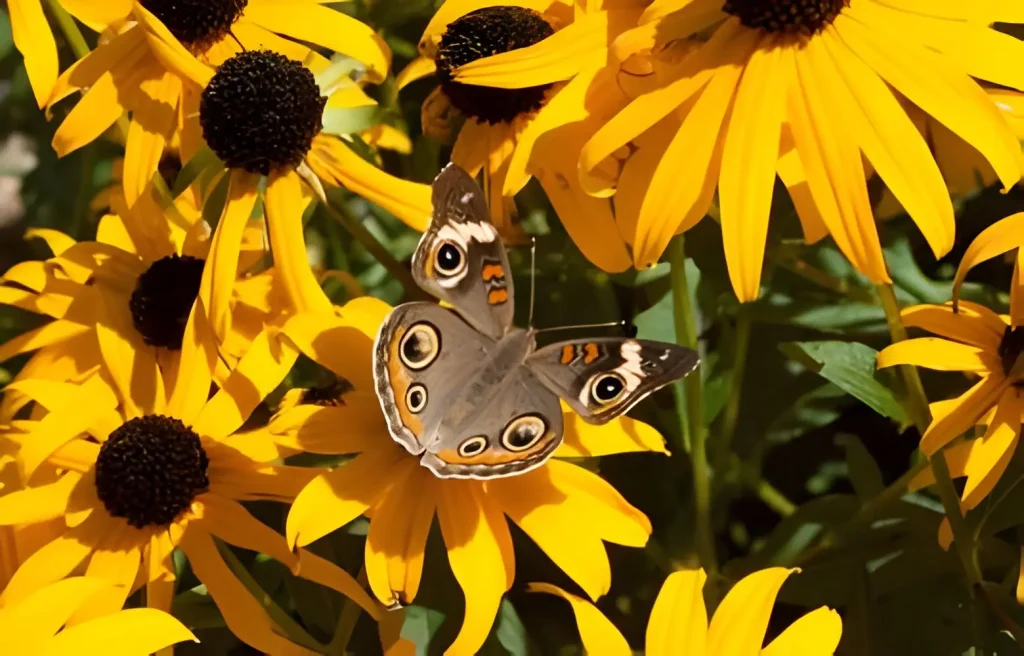
Black-eyed Susans’ cheerful blooms with contrasting dark centers are a favorite of many butterfly species. Their abundant nectar and sturdy stems provide a reliable food source and landing pad for visiting butterflies.
Black-eyed Susans are cherished for their cheerful blooms and ability to attract butterflies. They prefer full sun to partial shade and well-drained, fertile soil, making them versatile plants for any garden.
Their abundant nectar and sturdy stems provide a reliable food source and landing pad for visiting butterflies, making them an excellent choice for butterfly enthusiasts looking to enhance their outdoor space.
- Common Name: Black-eyed Susan
- Botanical Name: Rudbeckia hirta
- Family: Asteraceae
- Plant Type: Biennial or short-lived perennial
- Native Range: Eastern and central North America
- Flowering Season: Summer to early autumn
- Mature Size: 1 to 3 feet (30 to 90 cm) tall
- Sun Exposure: Full sun to partial shade
- Soil Type: Well-drained, fertile soil
- Soil pH: Neutral to slightly acidic
- Bloom Time: Summer to early autumn
- Flower Color: Yellow or orange petals with a dark brown or black center
- Hardiness Zone: 3 to 7
- Toxicity: Generally non-toxic
6. Pentas
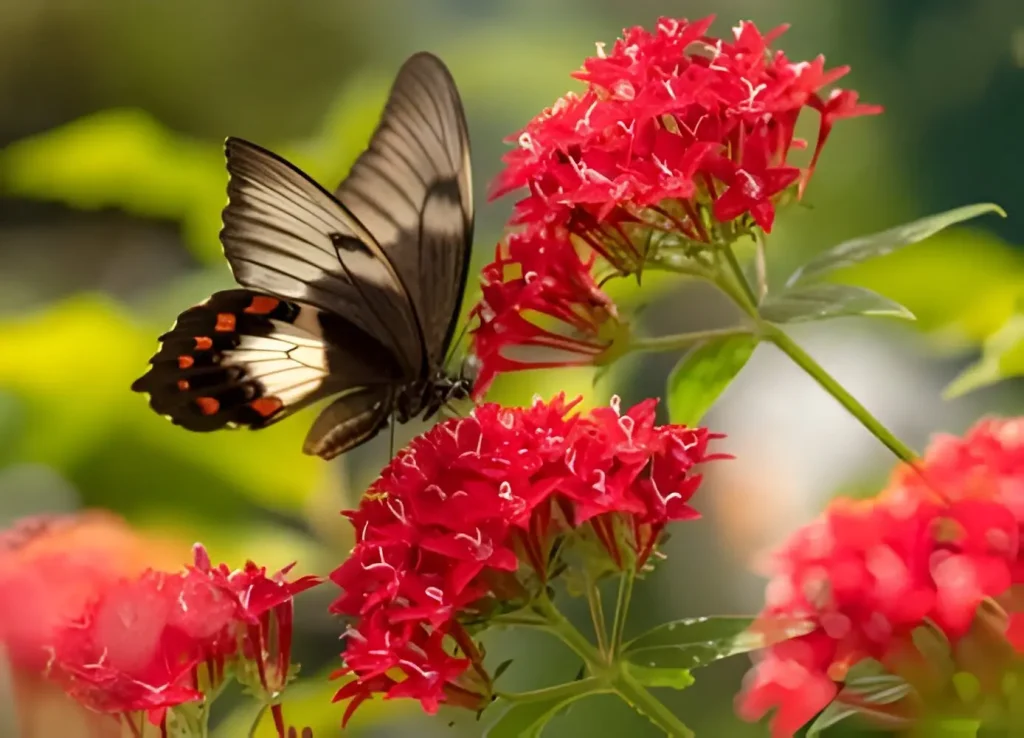
Pentas’ vibrant clusters of flowers are a favorite among butterflies. Their abundant nectar and bright colors, including red, pink, white, or lavender, make them irresistible to these winged visitors.
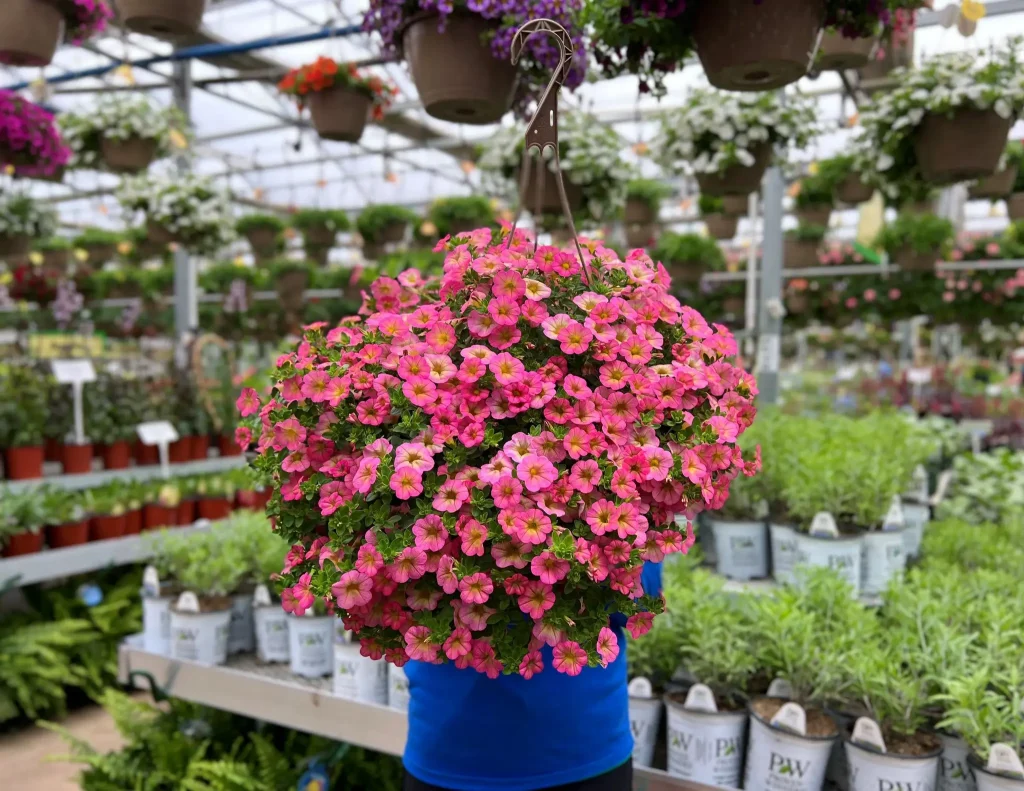
Pentas, with their colorful blooms and abundant nectar, are highly attractive to butterflies. Their long blooming season, from spring to fall, ensures a continuous food source for visiting butterflies, making them an excellent addition to any butterfly garden.
- Common Name: Pentas
- Botanical Name: Pentas lanceolata
- Family: Rubiaceae
- Plant Type: Perennial herb
- Native Range: Africa, Arabian Peninsula, and Yemen
- Flowering Season: Spring to fall
- Mature Size: 1 to 3 feet (30 to 90 cm) tall
- Sun Exposure: Full sun to partial shade
- Soil Type: Well-drained, fertile soil
- Soil pH: Neutral to slightly acidic
- Bloom Time: Spring to fall
- Flower Color: Red, pink, white, or lavender
- Hardiness Zone: 8 to 11
- Toxicity: Generally non-toxic
7. Verbena
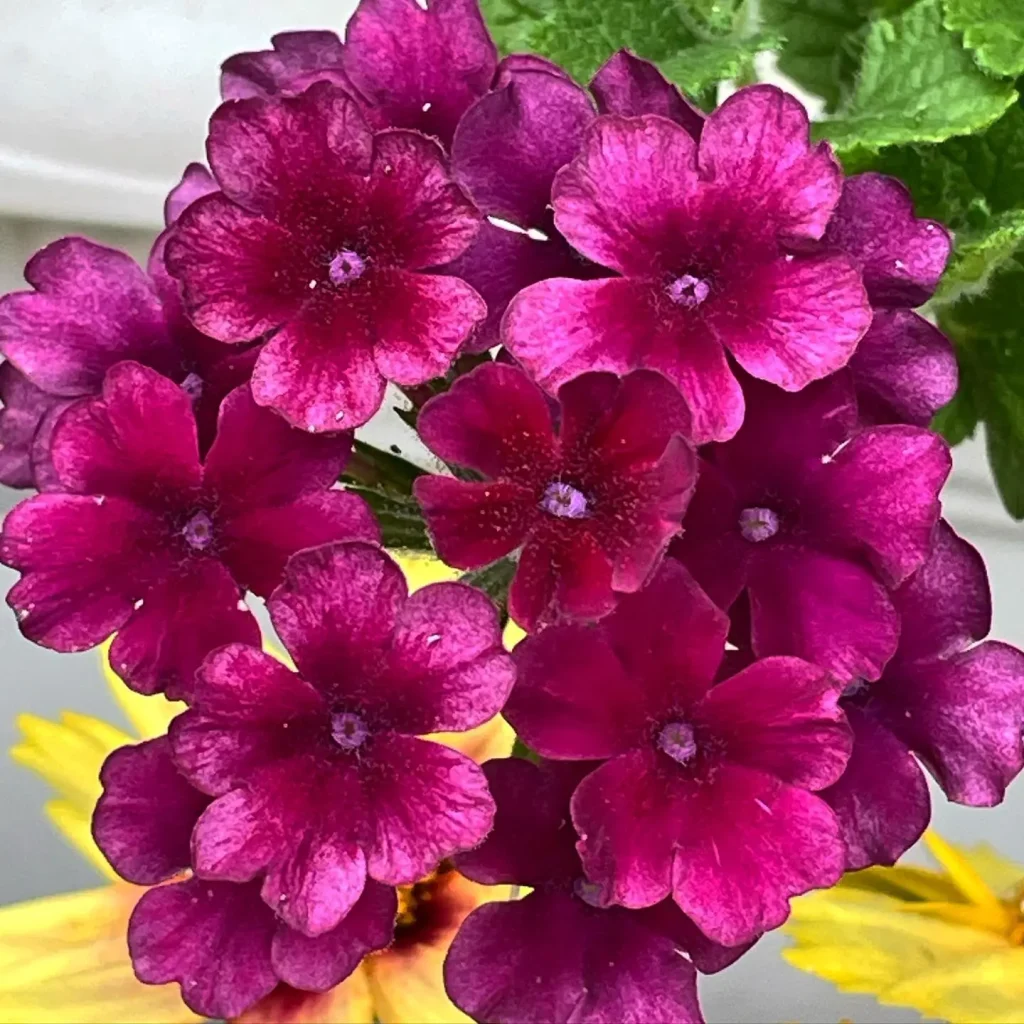
Verbena’s delicate blooms in various shades of purple, pink, red, or white are highly attractive to butterflies. Their sweet fragrance and long-lasting flowers provide a reliable food source for butterflies throughout the season.
Verbena’s colorful and fragrant blooms make it a popular choice for attracting butterflies to the garden. With its preference for full sun and well-drained soil, verbena thrives in a variety of garden settings, providing essential sustenance for butterflies from spring to fall.
- Common Name: Verbena
- Botanical Name: Verbena
- Family: Verbenaceae
- Plant Type: Perennial herb
- Native Range: Americas, Europe, and Asia
- Flowering Season: Spring to fall
- Mature Size: 6 inches to 3 feet (15 to 90 cm) tall
- Sun Exposure: Full sun
- Soil Type: Well-drained, sandy soil
- Soil pH: Neutral to slightly acidic
- Bloom Time: Spring to fall
- Flower Color: Various shades of purple, pink, red, or white
- Hardiness Zone: 6 to 11
- Toxicity: Generally non-toxic
8. Zinnias
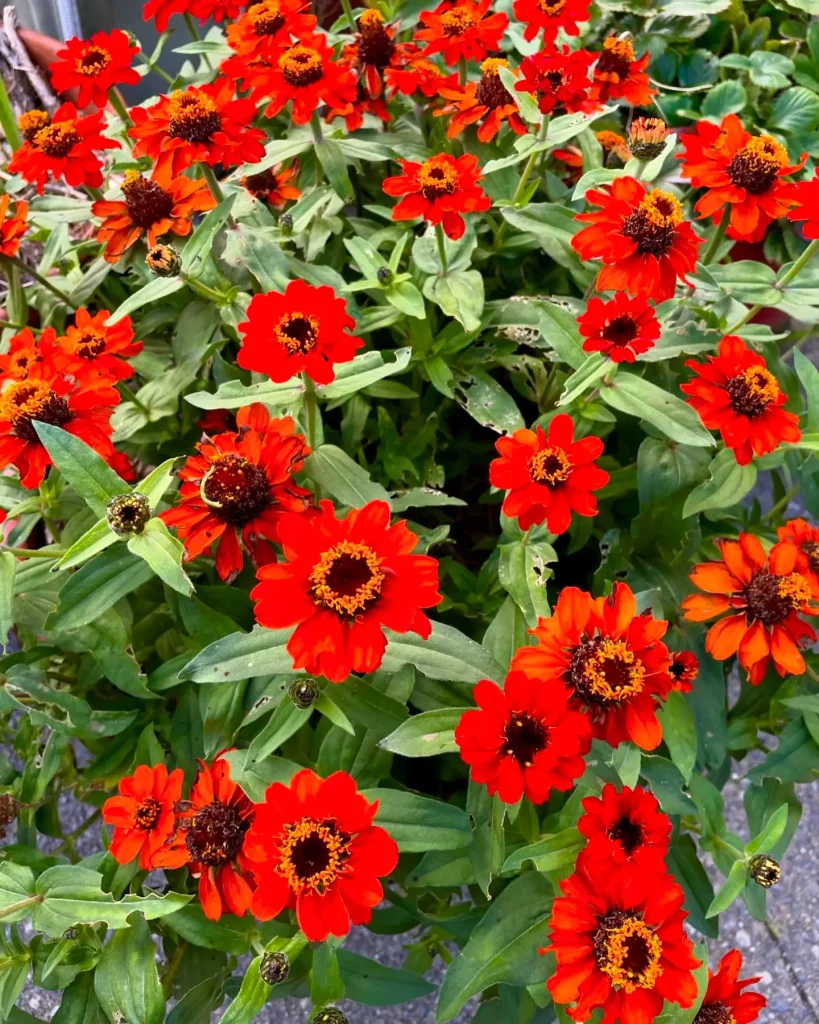
Zinnias’ cheerful and colorful blooms are a butterfly’s paradise. Their wide range of colors, including red, orange, yellow, pink, or white, and their abundant nectar make them a popular choice for butterfly gardens.
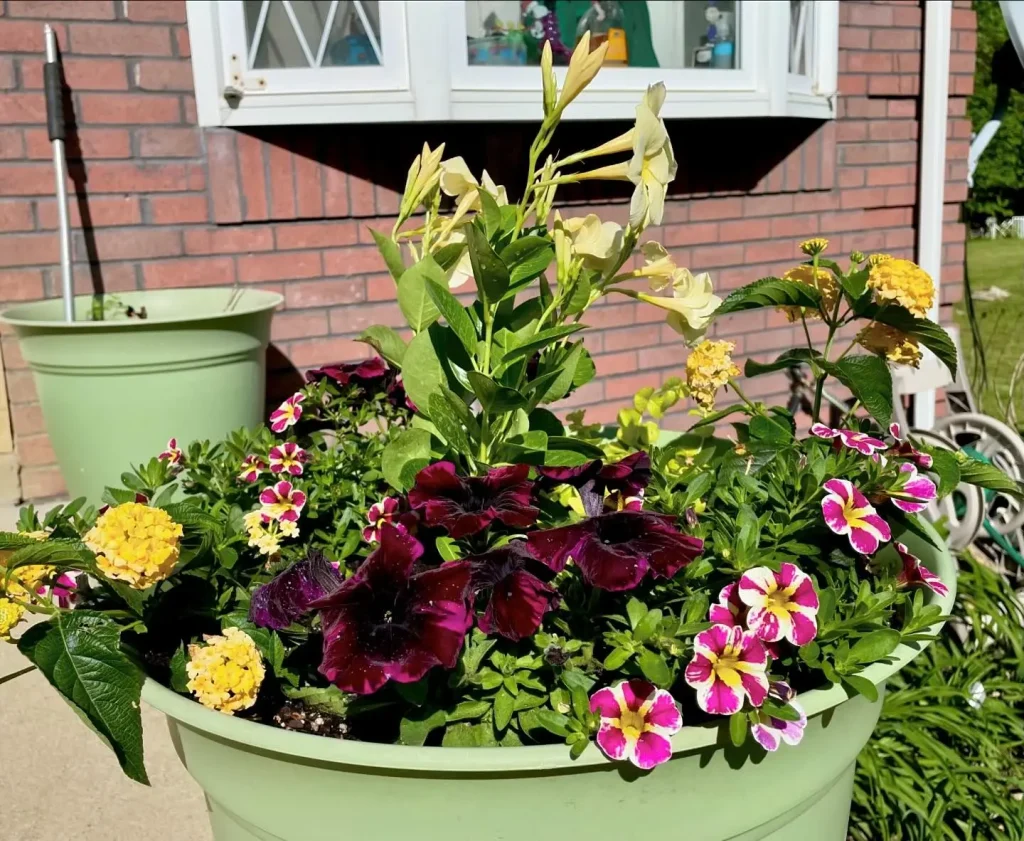
Zinnias are beloved for their vibrant blooms and ability to attract butterflies to the garden. With their preference for full sun and well-drained soil, zinnias are easy to grow and maintain, providing a continuous source of nectar for butterflies throughout the summer and fall months.
- Common Name: Zinnias
- Botanical Name: Zinnia elegans
- Family: Asteraceae
- Plant Type: Annual herb
- Native Range: Mexico and southwestern United States
- Flowering Season: Summer to fall
- Mature Size: 6 inches to 4 feet (15 to 120 cm) tall
- Sun Exposure: Full sun
- Soil Type: Well-drained, fertile soil
- Soil pH: Neutral to slightly acidic
- Bloom Time: Summer to fall
- Flower Color: Various shades of red, orange, yellow, pink, or white
- Hardiness Zone: 2 to 11 (depends on variety)
- Toxicity: Generally non-toxic
9. Marigolds
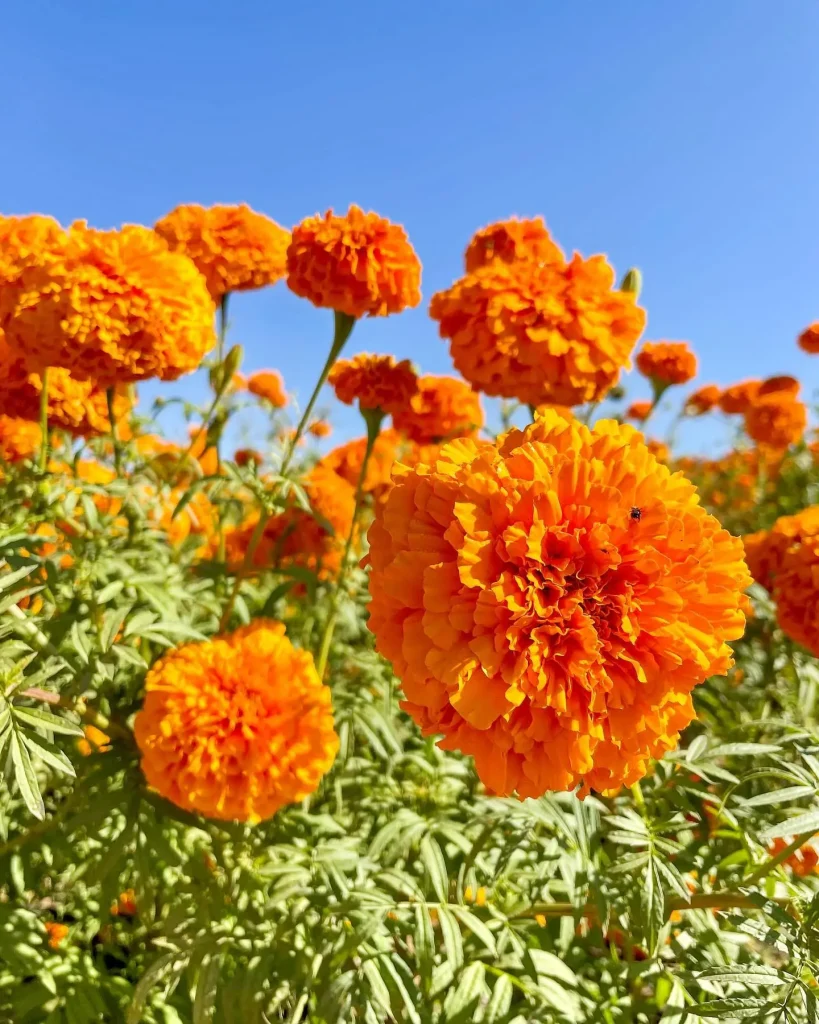
Marigolds’ vibrant yellow, orange, or red flowers are known to attract butterflies with their bright colors and distinct fragrance. Their long blooming period ensures a continuous source of nectar for visiting butterflies.
Marigolds are not only prized for their cheerful blooms but also for their ability to attract butterflies to the garden. With their preference for full sun and well-drained soil, marigolds are versatile plants that add beauty and functionality to any butterfly garden.
- Common Name: Marigolds
- Botanical Name: Tagetes spp.
- Family: Asteraceae
- Plant Type: Annual herb
- Native Range: Americas, Africa, and southwestern Asia
- Flowering Season: Spring to fall
- Mature Size: 6 inches to 3 feet (15 to 90 cm) tall
- Sun Exposure: Full sun
- Soil Type: Well-drained, fertile soil
- Soil pH: Neutral to slightly acidic
- Bloom Time: Spring to fall
- Flower Color: Yellow, orange, or red
- Hardiness Zone: 2 to 11 (depends on variety)
- Toxicity: Generally non-toxic
10. Salvias
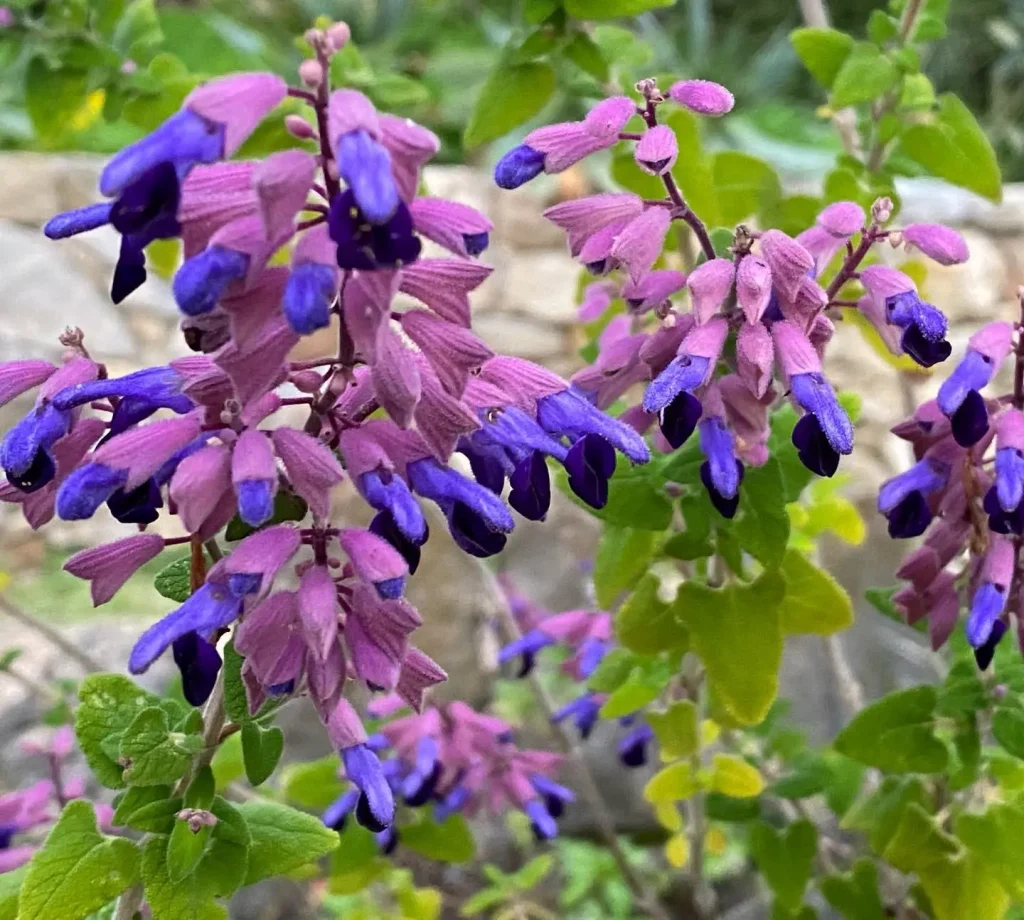
Salvias’ spikes of blue, purple, pink, red, or white flowers are highly appealing to butterflies. Their tubular blooms are rich in nectar, providing essential sustenance for butterflies throughout the flowering season.
Salvias are valued for their striking blooms and ability to attract butterflies to the garden. With their preference for full sun and well-drained soil, salvias are easy to grow and maintain, making them an excellent choice for butterfly enthusiasts looking to enhance their garden’s biodiversity.
- Common Name: Salvias
- Botanical Name: Salvia
- Family: Lamiaceae
- Plant Type: Perennial herb
- Native Range: Americas, Europe, Asia, and Africa
- Flowering Season: Spring to fall
- Mature Size: 1 to 4 feet (30 to 120 cm) tall
- Sun Exposure: Full sun
- Soil Type: Well-drained, fertile soil
- Soil pH: Neutral to slightly alkaline
- Bloom Time: Spring to fall
- Flower Color: Various shades of blue, purple, pink, red, or white
- Hardiness Zone: 4 to 11 (depends on variety)
- Toxicity: Generally non-toxic
11. Phlox
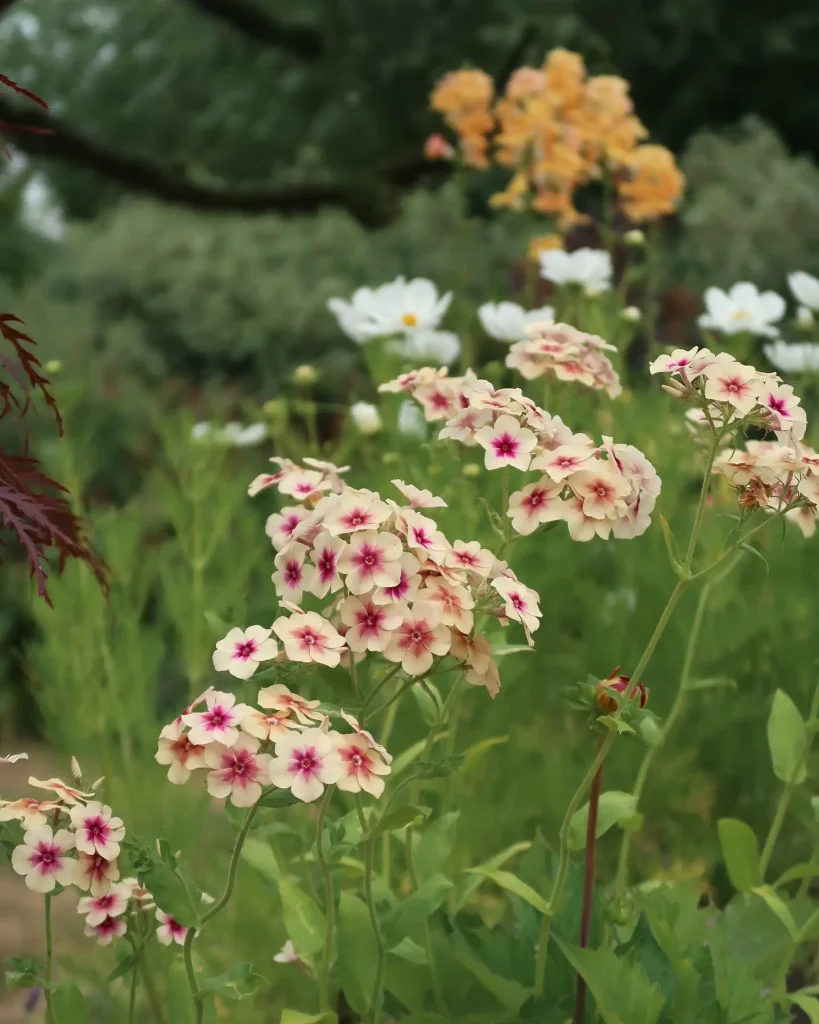
Phlox’s clusters of fragrant flowers in shades of pink, purple, blue, or white are irresistible to butterflies. Their abundant nectar and long bloom time make them a valuable addition to any butterfly garden.
Phlox’s fragrant blooms and attractive colors make it a favorite among butterflies. With its preference for moist, well-drained soil and partial shade, phlox thrives in a variety of garden settings, providing essential food and shelter for butterflies throughout the spring and early summer months.
- Common Name: Phlox
- Botanical Name: Phlox
- Family: Polemoniaceae
- Plant Type: Perennial herb
- Native Range: North America
- Flowering Season: Spring to early summer
- Mature Size: 1 to 3 feet (30 to 90 cm) tall
- Sun Exposure: Full sun to partial shade
- Soil Type: Moist, well-drained soil
- Soil pH: Neutral to slightly acidic
- Bloom Time: Spring to early summer
- Flower Color: Various shades of pink, purple, blue, or white
- Hardiness Zone: 3 to 9
- Toxicity: Generally non-toxic
Planting and Maintaining My Butterfly Garden
Designing and nurturing my butterfly garden has been a labor of love. I’ve created a welcoming space for butterflies, complete with a variety of flowers, rocks, and water sources to meet their needs.
Garden Layout and Design
I’ve carefully planned the layout of my garden, ensuring there’s a mix of flower shapes and sizes to cater to different butterfly species. Rocks and logs provide resting spots for butterflies to bask in the sun or seek shelter from the wind.
Soil and Sunlight Requirements
I’ve enriched my garden soil with compost and organic matter to create a fertile environment for my flowers. With plenty of sunlight, my garden thrives, bathing the blooms in golden rays from dawn till dusk.
Water Sources for Butterflies
In addition to nectar, butterflies need water for drinking and puddling. Shallow dishes filled with sand or gravel provide the perfect spot for butterflies to quench their thirst and gather essential minerals.
Pesticide-Free Gardening Practices
I’ve embraced pesticide-free gardening practices to protect butterflies and other beneficial insects. Instead, I rely on natural pest control methods like handpicking pests or introducing predator insects to keep pests in check.
Conclusion
My butterfly garden is not just a place of beauty; it’s a testament to the wonders of nature. By cultivating a space where butterflies can flourish, I’ve created a haven that brings joy to my heart every day.